I recently acquired the Zero Compromise Optic ZC527 MPCT3 scope after the past several months lusting over the ZCO scopes. Zero Compromise is the current hotness in the optics sector for precision rifle shooters and is placed up in the top echelon along side names like Kahles, Nightforce, and Tangent Theta.
Zero Compromise Optic GmbH broke out on the scene at SHOT Show 2018 with lot of buzz and word of mouth. From what I gathered through various podcast interviews I listened to, ZCO started because the company who was the US distributor for Kahles scopes ended up being “shut out” (for the lack of better words) after Swarovski (parent company of Kahles) decided to self-distribute Kahles products in the United States.
The owners of that distribution company decided to get into the rifle optics game using knowledge and experience from stints with Nightforce and Kahles to start Zero Compromise Optic GmbH, which is an Austrian and United States company.
It is my understanding that the optics and components are manufactured in the Zero Compromise Optic facility in Austria and then the components are shipped to the Zero Compromise Optic facility in the Idaho for assembly.
After hearing and reading about Zero Compromise scopes, I finally pulled the trigger on their ZC527 model with the MPCT3 reticle.
The ZC527 is a 5-27x magnification scope with a 56mm objective and an uncommon 36mm main tube. The 36mm main tube is an odd design choice given that 34mm is the ‘standard’ in the industry with a few 35mm options out there. But the 36mm tube gives the ZC527 scope one important feature: 35 MIL of elevation travel and 20 MIL of windage travel.
That long adjustment travel for the elevation turret is highly prized by anyone shooting extreme long range and is a huge selling point. The amount of elevation travel in the ZC527 is one the selling points for me.
The ZC527 has a parallax range of 25 meters to infinity. During testing and with my eyes, it appears to parallax slightly under 25 yards on the low end, so there is some leeway on the short end.
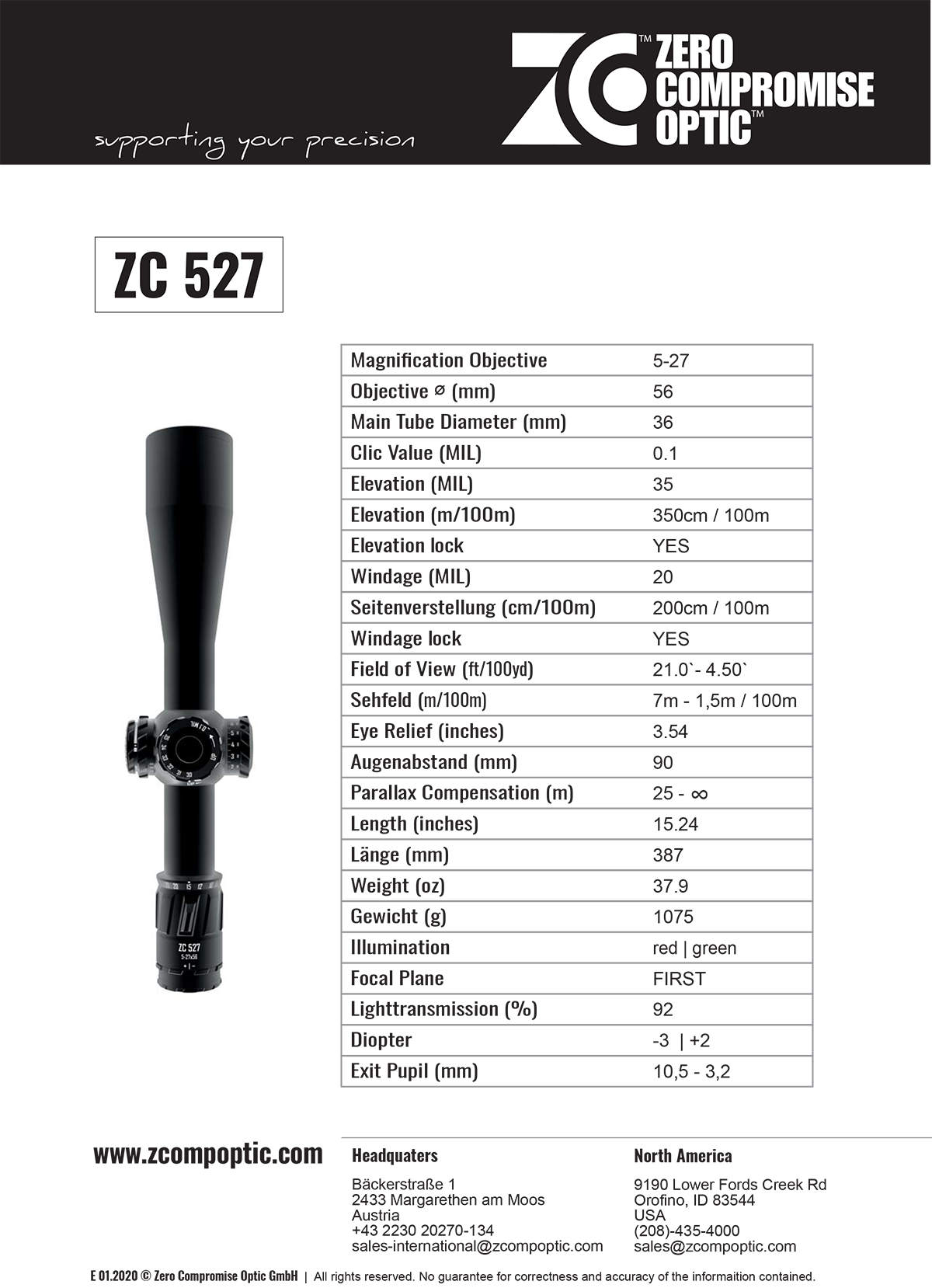
The ZC527 is a first focal plane scope and as of this writing there are three reticle options: MPCT1, MPCT2, and MPCT3. The MPCT1 is a minimal crosshair reticle with MIL has marks on the crosshairs and the MPCT2 is a tree-style reticle with hash marks similar to the Kahles SKMR3.
ZCO pronounces the term MPCT as just like the word impact.
The MPCT3 is an option that came out a little bit after the MPCT1 and MPCT2, and is the one I chose.
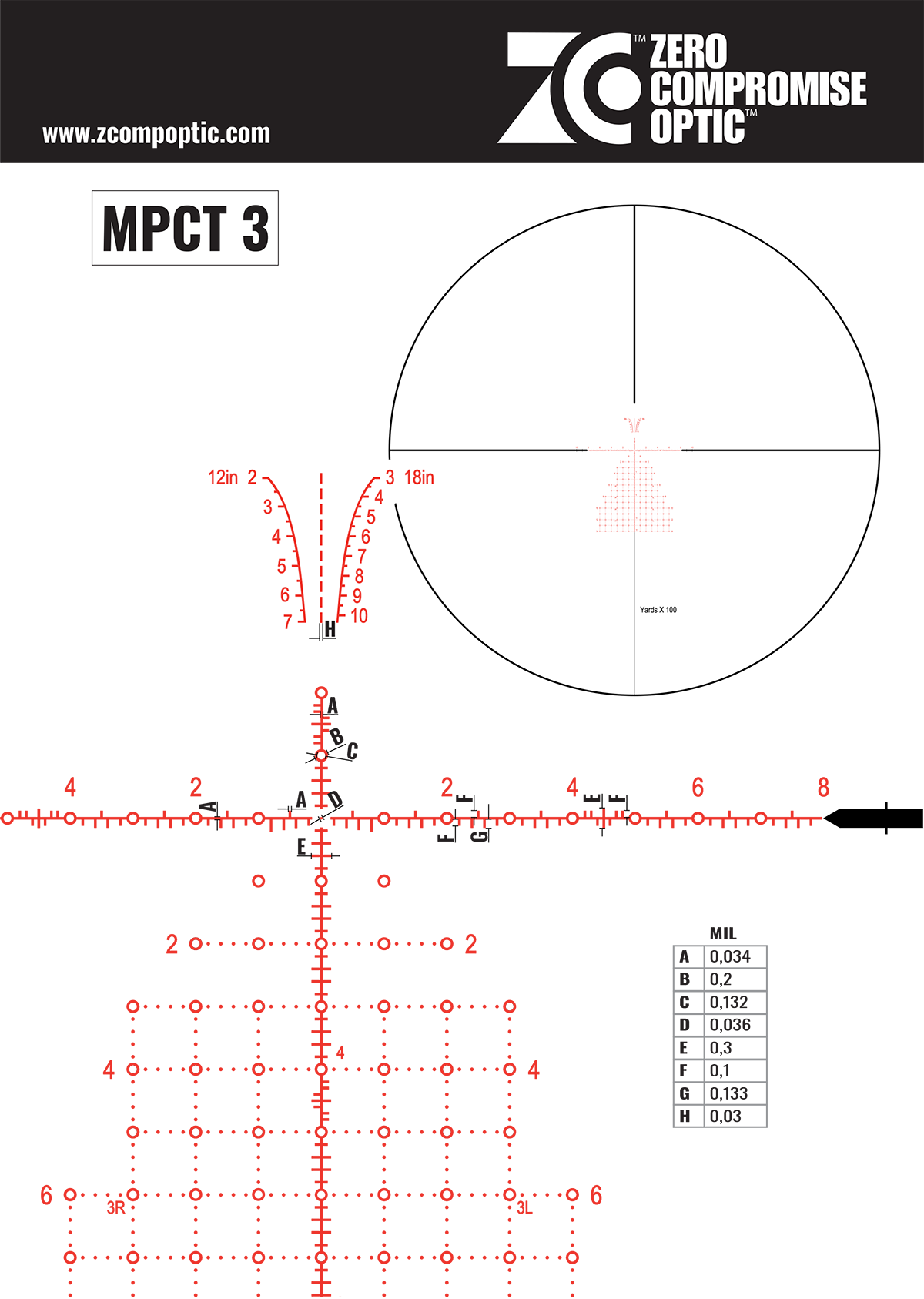
The distinct characteristics of the MPCT3 are the open dots for the 1 MIL markers on the crosshair and the tree and a hold-under “Fatal Funnel” drop reticle for close range target shots.
After cracking open the box I mounted the ZC527 to my Vudoo Gun Works V-22 using a Spuhr ISMS 6002 mount which is their 1.5″ height 0MOA mount for a 36mm tube.
Note that I also swapped out the scope base on the Vudoo to a 60MOA base (from a 40MOA base). More on this later.
I have run this scope in a couple range sessions so this is not a review and rather a breakdown of my initial impressions of the Zero Compromise Optic ZC527 MPCT3. I will be making a lot of comparisons to the Kahles K525i SKMR3 LSW since that is the scope I have the most time using these past 12-16 months as it is what I ran on my Vudoo from day 1 since it was built.
Glass clarity is pretty much at the top tier of all the high dollar optics I’ve had the opportunity to look through. The eye box at 27x is a bit tight, though. Compared to the K525i, I feel like the ZC527 is not as forgiving at maximum magnification as the K525i is. If you dial it back just slightly, the eye box immediately becomes less tight / more forgiving.
One aspect of the ZC527 that I noticed is how fluid the magnification adjustment ring is. It is very easy to turn and it is not tight like my Vortex Optics scopes and is not very loose either. It has consistent tension / resistance from end to end.
The ring has a small fin on it to help get leverage. With the tension of the magnification ring and the existing fin, you will not need an aftermarket throw lever for the ZC527 unless you just want a big lever.
The locking diopter is a very solid design. It is easy to lock and unlock and the diopter itself has a smooth tension to it.
I hardly ever use illumination on my rifle scopes, but the illumination technology in the ZC527 is important to mention because it highlights the attention to detail being placed into Zero Compromise Optic products.
The ZC527 illumination technology is referred to as Automatic Illumination Management (AIM). AIM allows the user to select the illumination color of red or green.
More importantly, the AIM technology will automatically turn off the illumination if the scope exceeds 45 degrees to either side (cant) or 75 degrees forward or aft (e.g., pointing nearly straight up or down).
The reasoning behind this is if the user leaves the illumination turned on and sets the rifle down on a table or bench laying on it’s side, AIM will turn off the illumination to save battery. Same applies to if a shooter where to put the rifle in a vertical rack at the range or in the safe, or slings the rifle over the shoulder, the illumination will turn off to save battery.
AIM will also shut off the illumination if there is no motion detected for three months, and automatically turn back on when motion is detected. The reticle will also flash three (3) times per minute when the battery life is running low.
Holosun has similar battery saving features on their red dot sights (specifically the 507C) where it will automatically turn off when no motion is detected for some amount of time and automatically reactivate when motion is detected.
Again, while I am not one to use the illumination features on my rifle optics, the Automatic Illumination Management technology is definitely a value-add feature on the ZC527.
There are a couple of design details that I noticed on the ZC527 related to the turret set screws used to adjust the zero stop mechanism. One is that ZCO put markings on the turret cap so you know where the set screws are.
The one irritating aspect of all scopes I owned is that I’m always having to crane my neck just to find the set screws when I’m at the range trying to adjust the zero stop. The ZCO has markings on the top face of the turret cap to show you where the set screws are.
Another set screw design detail is the use of set screws that require 2mm hex. The only reason why this resonated with me is because the Kahles K525i has set screws that use 1.5mm hex. I find 1.5mm to be small considering Kahles calls for 1 Nm (8 inch-pounds) for these set screws. I think 2mm hex drive is going to be just a little bit more resilient when it comes to stripping screws.
Setting the zero stop of the ZC527 is nearly identical to that of the Kahles K525i. Simply unlock the turrets and dial in the correct point of aim / point of impact, loosen the set screws, set turrets to zero, slightly snug the set screws, lock in place, and torque down the set screws. No removal of turret caps or covers. It is probably the simplest zero stop mechanism style out there.
The turrets are locking and have a smooth lock and unlock mechanism. I have used scopes where the locking turret takes a lot of force to unlock and the ZC527 does not have this issue. The turret clicks are tactile and easy to hear and from what I can tell the internal mechanism feels solid across the entire revolution range.
There are 15 MIL per revolution and since the turret scale is 35 MIL, this means you could be turning two fulls on the elevation turret. So there are three scales on the elevation turret. The scales are very readable and there is enough spacing between the one-tenth MIL markings with 15 MIL per revolution.
In the above photo, you can see three scales for the elevation turret. The lower scale on the turret is the first revolution from 0 MIL on up to 14.9 MIL. You may also be able to notice the small circle on the turret cap face right above the 30 MIL marking. When the elevation turret is turned a full revolution from 0 MIL, this will protrude from the turret face to expose two white lines.
This protruding button is a quick indicator that you are beyond one full revolution on the elevation turret. The two white lines visible indicates you are on the second scale of the elevation turret, from 15 MIL up to 29.9 MIL.
Going up a second full revolution beyond 29.9 MIL results in the button extending further to expose a third white line indicating you are on the third scale of the elevation turret.
From there you now refer to the 30 MIL to 35 MIL markings on the top of the turret.
This is a novel approach to reading the elevation markings on a scope with a wide range of elevation adjustment.
I alluded to the fact that I am running a 60 MOA base on the Vudoo Gun Works V-22 with the ZC527. My goal for this is to maximize the amount of elevation available on my .22LR rifle so I can get a 25 yard zero and still reach out to distance without needing to hold-over / hold-above.
After sighting in the scope and setting the zero stop for 25 yards, I have 31.3 MIL adjustment available to me which should get me well over 500 yards before I need to hold above target.
I did try the 60 MOA base on my V-22 with the Kahles K525i (the scope my Vudoo was originally running from day one), but I literally needed to bottom out the elevation turret in order to get a 25 yard zero leaving no room on the bottom end for any deviation due to atmospheric or other environmental changes.
Having a lot of elevation travel is the main reason why I am interested in running the ZC527 on my Vudoo. I wanted to build another rimfire rifle dedicated for extreme long range, but I felt like right now it would be more efficient to just have one Vudoo as an all-purpose rimfire rifle for NRL22 and .22LR ELR. Maybe later on down the line, I can spend the funds to build another high end rimfire rifle.
The MCPT3 reticle is definitely a joy to use. I will not say it’s better than something like the SKMR3 or the EBR-7C since I think both of those reticles are solid reticles (and I really like the SKMR3).
But using the MCPT3 reticle is definitely intuitive and the open dots for the 1 MIL interval markings are clean, clear, and easy to perceive. The reticle is not ‘messy’ like some people like to describe Christmas tree style reticles.
Across the magnification range I find the MCPT3 reticle to be very crisp and readable.
Other than what I believe to be a comparatively tight eye box at the maximum magnification setting, I have nothing negative to say about the Zero Compromise Optic ZC527 MPCT3 scope.
While an issue with the scope itself, I do have complaints about what is in included the box (or not in the box). The ZC527 comes with a nice neoprene scope cover and I am a fan of these types of covers. What the scope does not come with is a sunshade and I bought one of those separately.
A minor complaint is that the scope should have come with the sunshade. Granted, the Kahles K525i did not come with the sunshade either, but many others do (e.g., Nightforce, Vortex). My other complaint is that if you run the sunshade, that included scope cover is no longer going to fit.
There’s the old idiom that you should not look a gift horse in the mouth and many will say don’t run a sunshade and be happy with the free scope cover. But I like to run sunshades because it is my personal preference that carries over from my photography habits. Sunshades provide protection for the front lens element and do mitigate lens flare which is huge whenever the sun is forward of the scope.
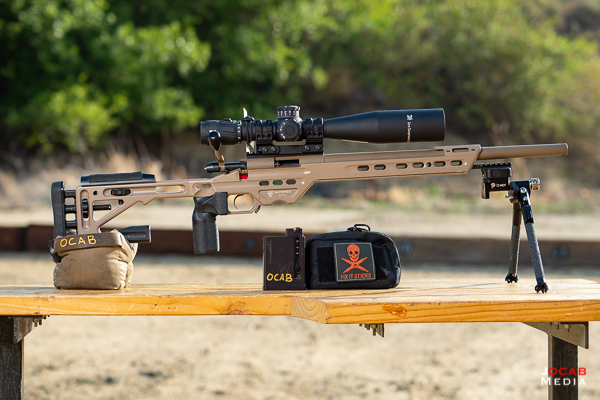
Anyway, I will be running the sunshade and acquired another Scopecoat XP-6 17.5″ to use on the ZC527 with sunshade attached and it fits perfectly. Note: It is the same exact length Scopecoat that I use for the Kahles K525i with sunshade attached.
Note: With my specific scope setup and how it is mounted for my desired eye relief, I had to remove the Picatinny rail from the top of the night vision bridge of the Masterpiece Arms BA Comp chassis. With the Picatinny rail on, the sunshade makes contact with the rail just slightly enough so it will not fit. It might clear the NV bridge with Picatinny rail if I ran a 30 or 40 MOA scope base, but I want to run a 60 MOA base to maximize the elevation available with a 25 yard zero.
The ZC527 does not come with flip up scope caps. It did come with the bikini-style see through caps which will suffice to protect the lenses. I personally don’t mind that it doesn’t come with caps since I am actually a person that will often not use caps, but I know others really want scope caps. I did order scope caps from MK Machining just to have a set for this scope.
Speaking of MK Machining, this is the retailer I acquired the Zero Compromise Optic ZC527 MCPT3 scope from. MK Machining is most well known for their throw levers for scopes and they make many other accessories for precision rifle applications, and is also an authorized dealer for rifle optics including Zero Compromise Optic.
Top tier optics carry top tier prices and the Zero Compromise Optic ZC527 MPCT3 is no exception with a current 2021 price of $3760 USD. This is not a trivial amount of money to spend on an optic and you expect a scope to live up to the price.
I do have to say that I literally had the ZC527 in my shopping cart of mkmachining.com for several days before I placed the order. During that time I was a submit button click away in the checkout process but kept closing the browser window because I was still on the fence of committing that much money for a new scope.
From what I have experienced so far, the quality of the ZC527 is extremely high and is on par, if not exceeds that of my Kahles K525i.
If you read and listen to the testimonials by industry experts about Zero Compromise Optic scopes, the price point and where it is positioned in the market compared to other top echelon rifle scopes makes sense.
Should you get a Zero Compromise Optic rifle scope?
I do not have enough time with other top tier scopes like Hensoldt, Nightforce, Schmidt and Bender, or Tangent Theta, so I can’t tell you if the Zero Compromise Optic scopes are a better option than those other offerings. I will say that you will be getting a quality scope if you decide to get a Zero Compromise Optic.
Aside from budget/price, there is nothing I have seen or experienced so far with the ZC527 that would cause me to tell you not to get one. But each and every person will need to do their own research and find the optic that best fits their given platform and use.
To learn more about Zero Compromise Optic, check out these podcast episodes for interviews with Zero Compromise:
- The Everyday Sniper episode 244 – Jeff Huber Zero Compromise Optic Interview
- Precision Rifle Media episode 129 – ZCO with Nick Gebhardt
- Precision Rifle Media episode 141 – Scope Mechanics with Jeff Huber
- Tier One episode 5 – Zero Compromise // Nick Gebhardt
You should also visit the Zero Compromise Optic GmbH website at https://www.zcompoptic.com to get official information and list of authorized dealers.

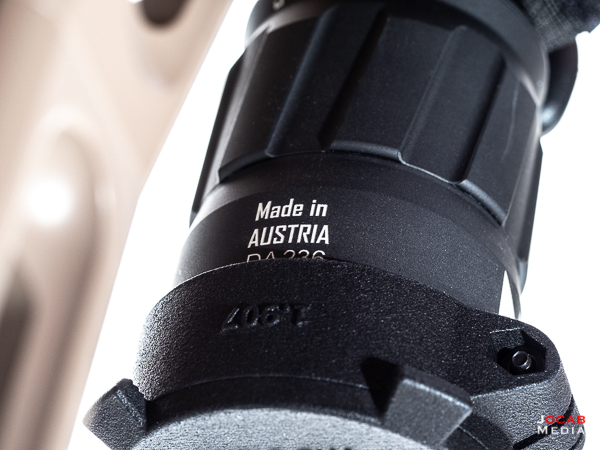
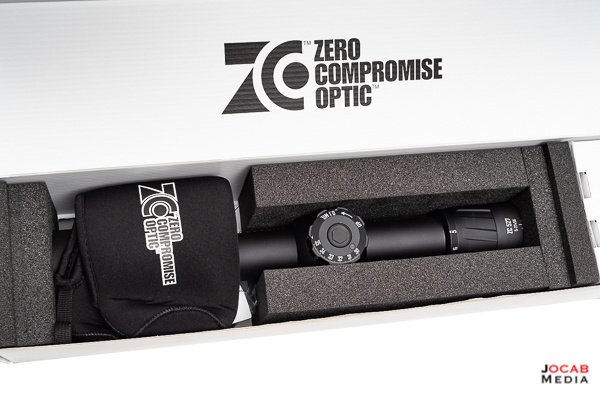
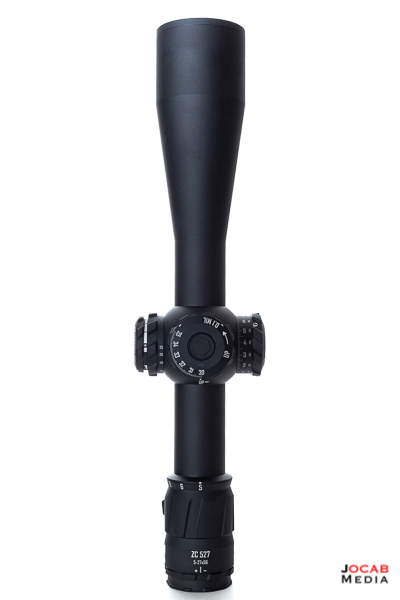
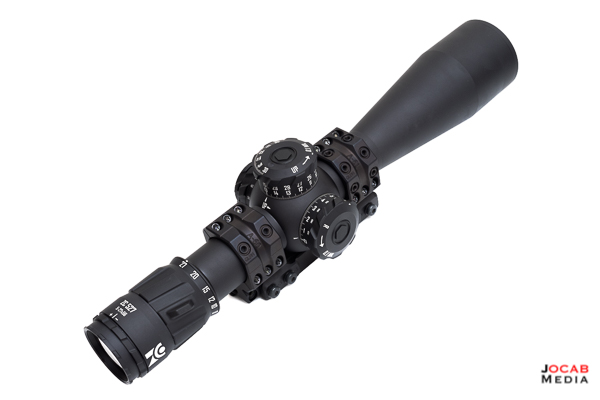
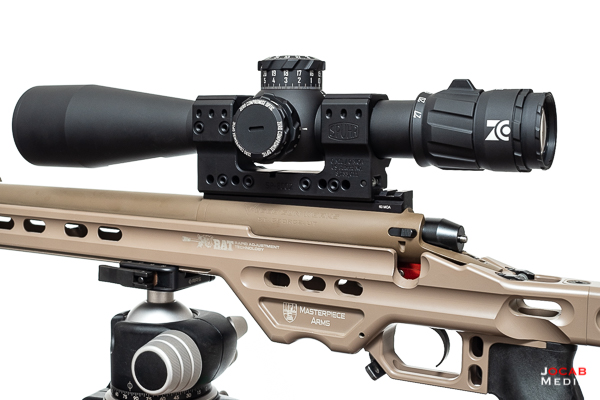
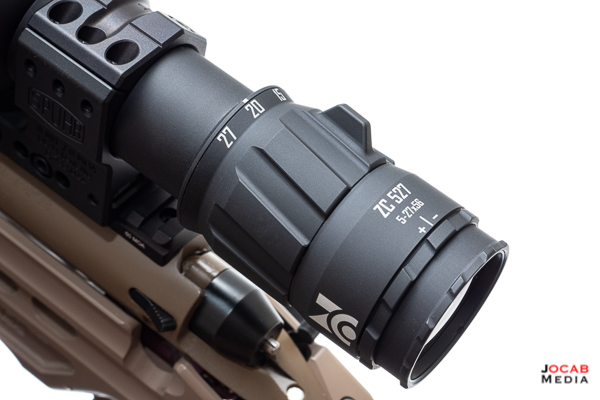
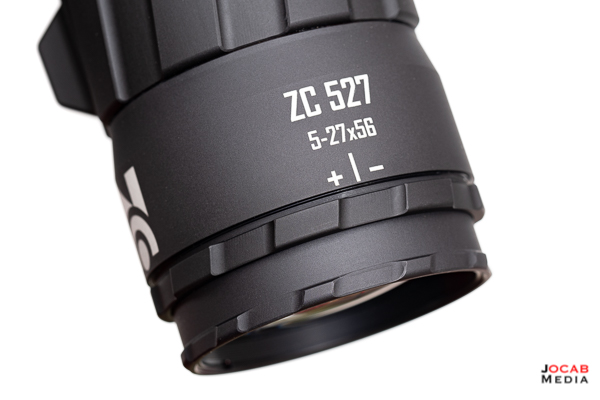
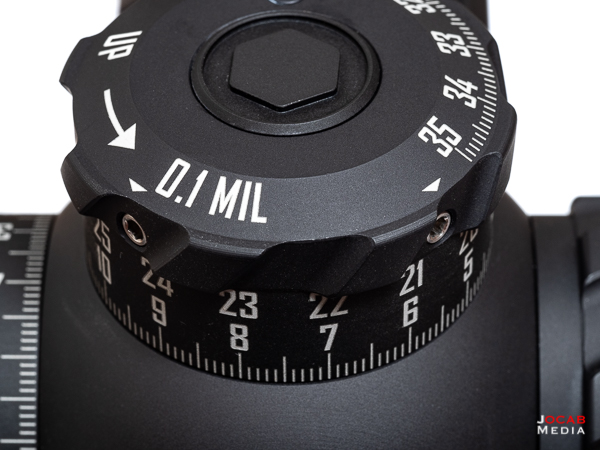
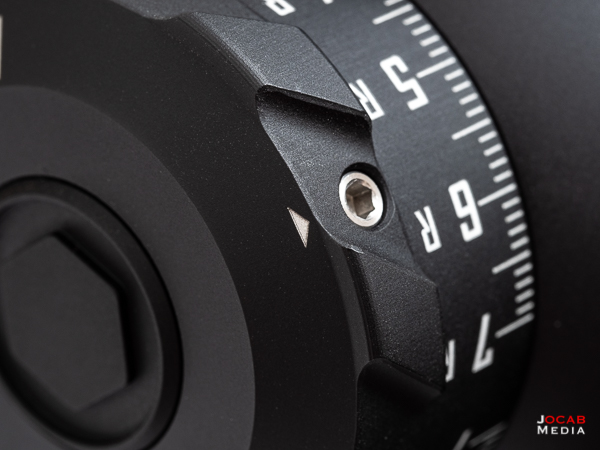
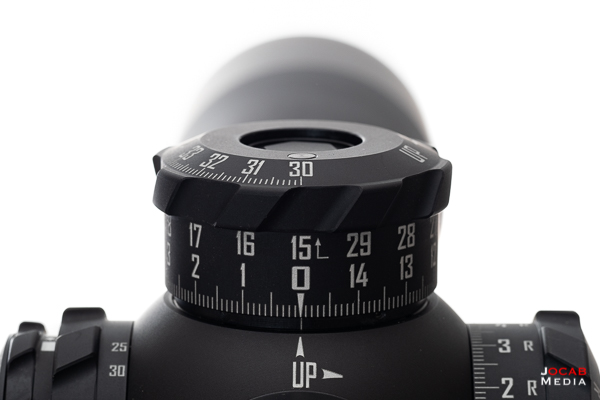
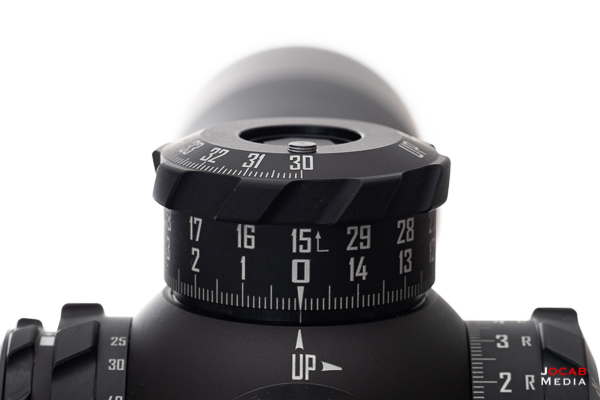
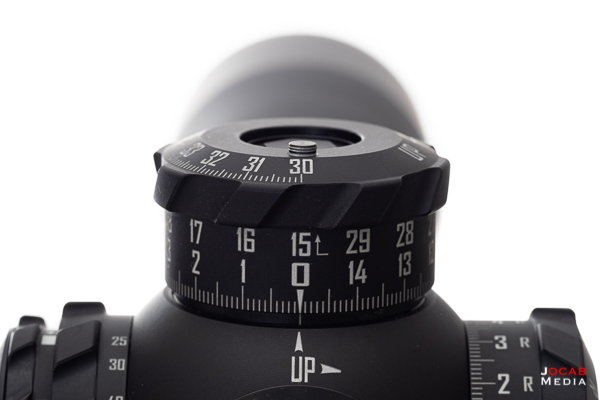
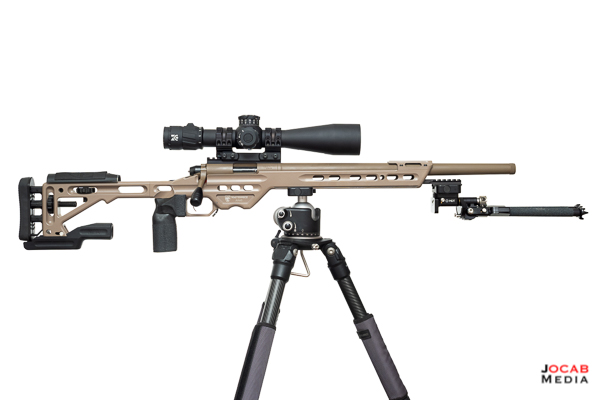
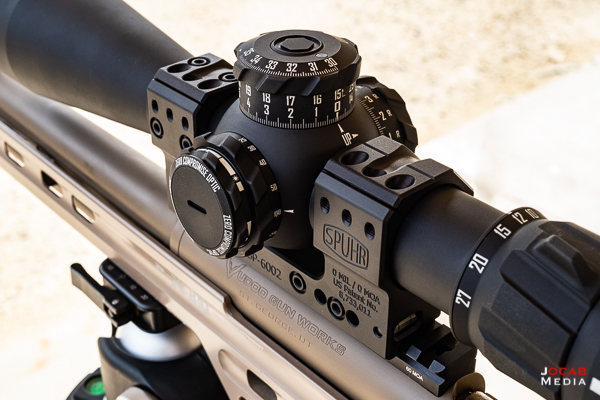
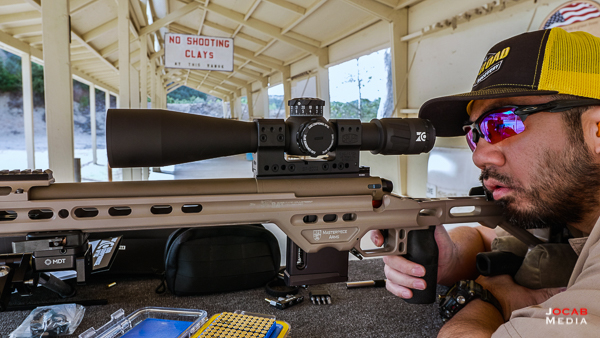
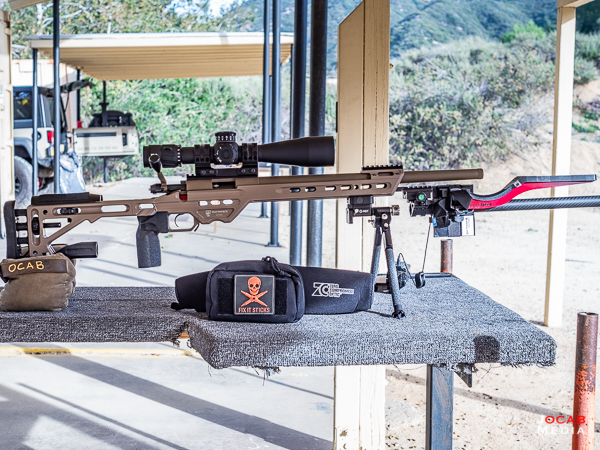
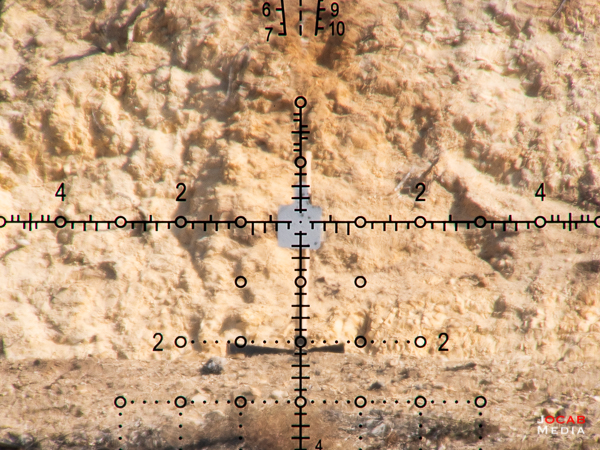
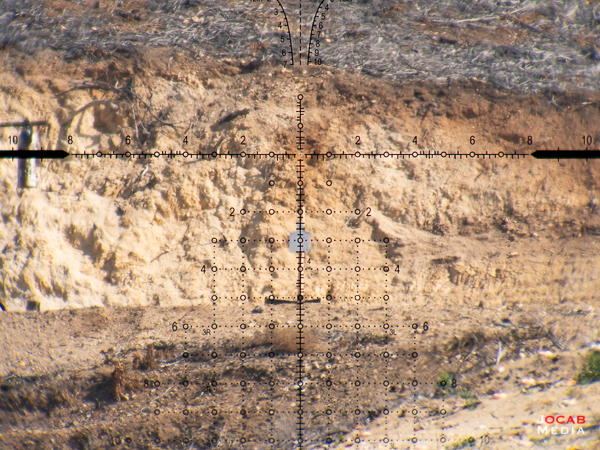
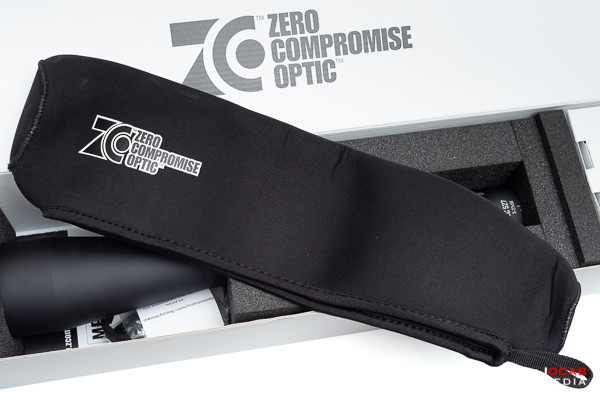
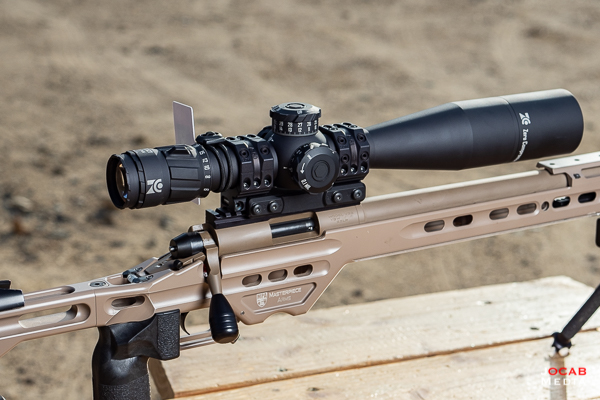
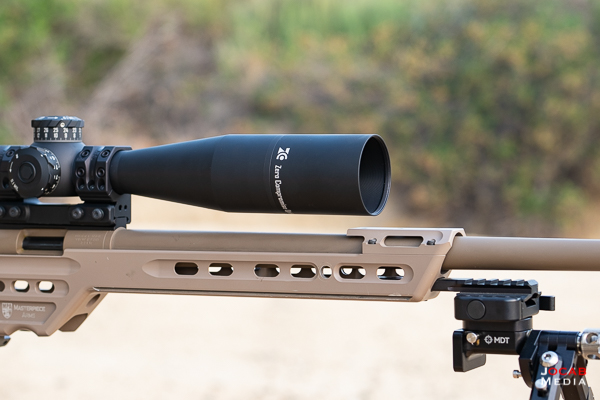
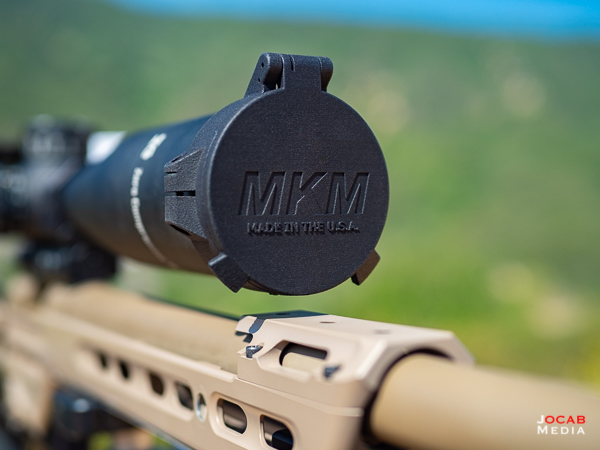
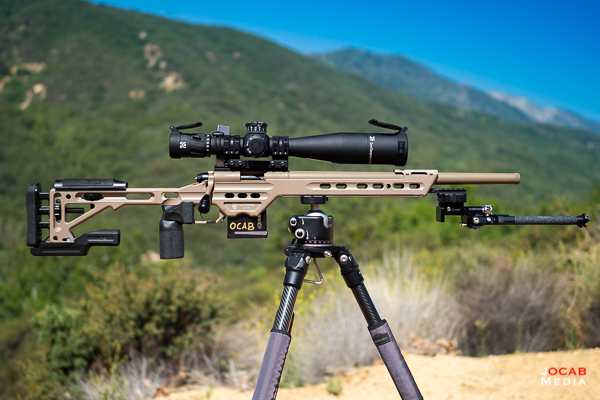
Gary
Quick question….what were the conditions of the two “through the eyepiece” photos; what range was the target and what magnification was the scope set on? I’m trying to decide between the 420 and 527. Warm regards from NH…Gary
Jonathan Ocab
The tighter one was max magnification of 27x on an 8×8” and around 304 yards. Don’t know what mag the other one was. Same target and distance.